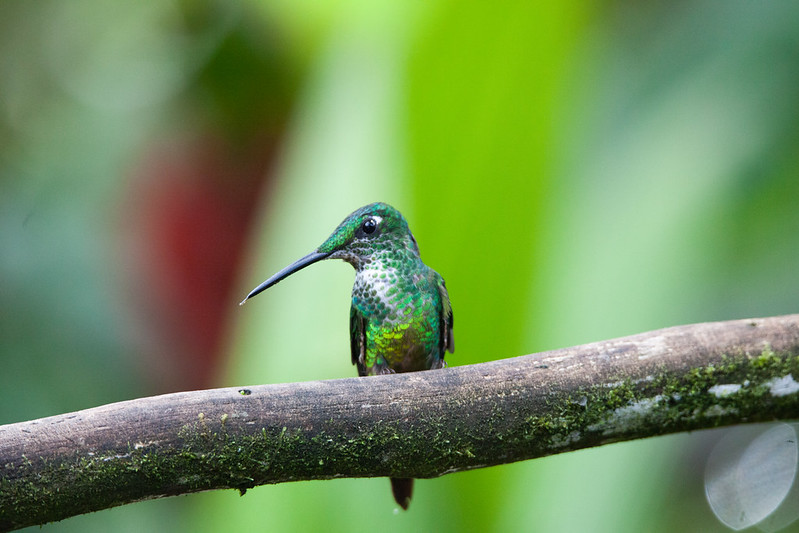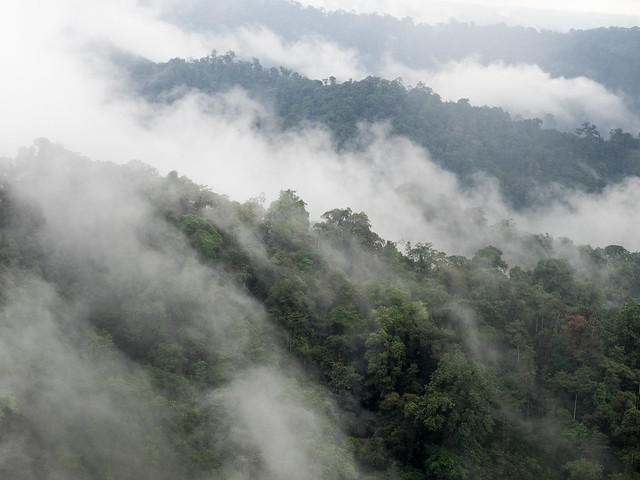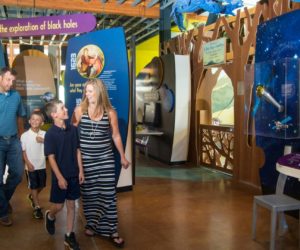
While each of our five senses can induce strong memories and evoke strong emotions, the sense of smell is said to be the strongest and quickest memory inducer. “Certain smells can trigger vivid memories almost instantaneously,” writes Christian Roemer in “Memory and the Senses: Which One Is Strongest?”
It certainly is the case with this writer. When I smell the scent of freshly roasted coffee, my thoughts immediately go back to my fraternal grandfather, Gran Papá . You see, Gran Papá owned a small coffee “factory” — which I loved to visit — in the small town of Ancón, Ecuador, my birthplace.
The experts claim that “smell is also in cahoots with the brain’s limbic system, which controls emotion, making smell the biggest nostalgia and behavior catalyst of the sensory bunch. “We can detect 1 trillion different smell stimuli,” they say.
In my case, the sense of sound is not too far behind.
Whenever I hear the melancholic sounds of that ancient Inca musical instrument “el rondador,” I get misty-eyed nostalgically recalling my days as a young boy in the Andes mountains of Ecuador, La Sierra. Just like the chirping sound of crickets transport me back to the times when, while visiting my parents in Ecuador’s magnificent rainforest, “El Oriente,” an orchestra of a thousand grillos would serenade me to sleep. (Listen to the video below)
Ecuador’s Rain Forest — some parts fortunately still pristine – is one of the most biologically diverse regions on earth, an ecological miracle. It is a region so precious and so unique, that in 1989 part of the region, the Yasuní National Park, was designated a UNESCO “Man and the Biosphere Reserve.”
Not too far from the Rain Forest, westward and upward into the Andes Mountains, there is another magnificent region, the “Cloud Forest, or “Tropical Andes,” the planet’s “most biodiverse hotspot.” This region is frequently shrouded in mist and clouds, creating its own unique climate, fauna , flora and sounds.

The largest and most spectacular cloud forest is the Mashpi reserve (home to the unique Mashpi Lodge) surrounded by the Chocó and Pastaza regions and providing habitat for more than 400 species of birds, more than 130 species of colibrís (hummingbirds) alone. Ecuador’s Cloud Forest is also home to over 4,000 species of orchids “with 1,300 endemics found nowhere else,“ monkeys, peccaries, pumas and more than 1,000 amphibious species such as the glass frog.
One of these newly discovered glass frogs, the Hyalinobatrachium mashpi, could only be “distinguished from other glass frogs by listening to recordings of the animal’s distinct call—a chirping, cricket-like sound.”
This brings us to the sounds of nature and UNESCO.
Because the Mashpi cloud forest is usually enveloped in fog and clouds, it cannot always be fully appreciated by another of the five senses: sight.
According to Siobhan Reid, writing for Condé Nast Traveler, Miguel Sevilla, director of the Mashpi Lodge’s parent company, says, “You have to develop other senses in order to discern what’s there.”
Sevilla, a musician himself, adds, “Music, and sound in general, bypasses cognition…I could tell you that the Mashpi reserve is home to over 400 bird species. But if you actually listen to their sounds, you’re going to connect with the place in a much more direct and emotional way.”
And so, Sevilla along with some of Ecuador’s leading environmentalists, humanitarians and other parties, is “pushing for the Mashpi reserve and the surrounding Chocó and Pastaza regions to be protected by the UNESCO World Heritage Centre on the basis of ‘acoustic value,’ a category not currently covered by the organization’s mandate.”
Achieving such a UNESCO designation will hopefully add a “layer of protection” to this irreplaceable natural habitat against logging, mining and so many other industrial activities that imperil the world’s few remaining pristine regions.
Today, Earth Day, this topic seems appropriate.
















